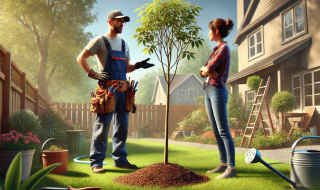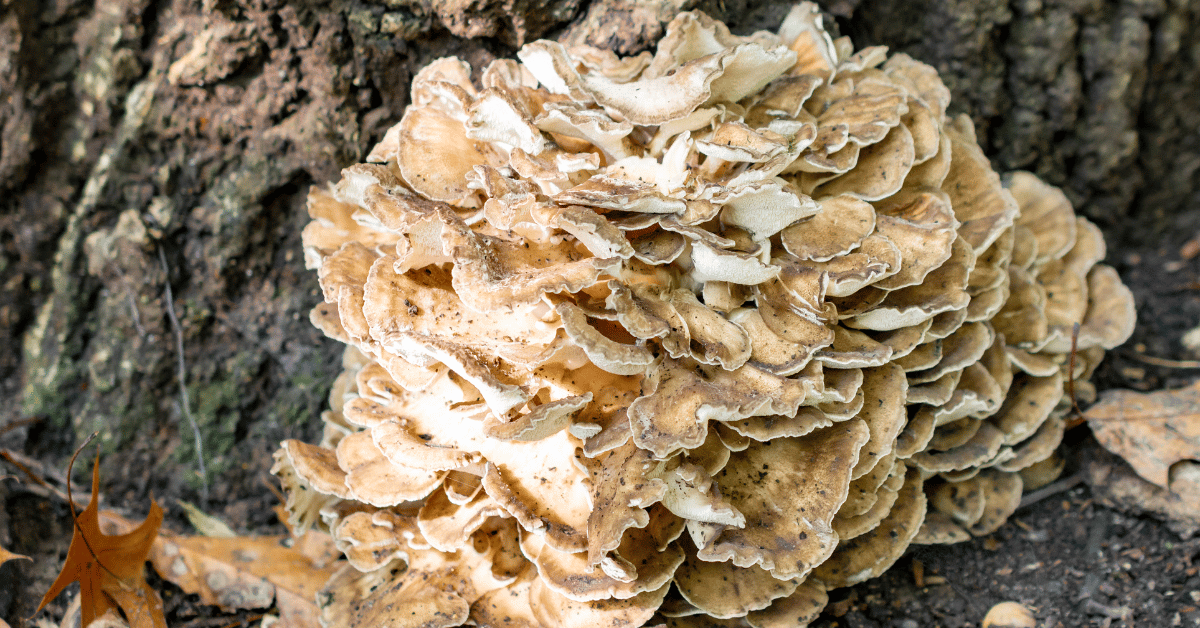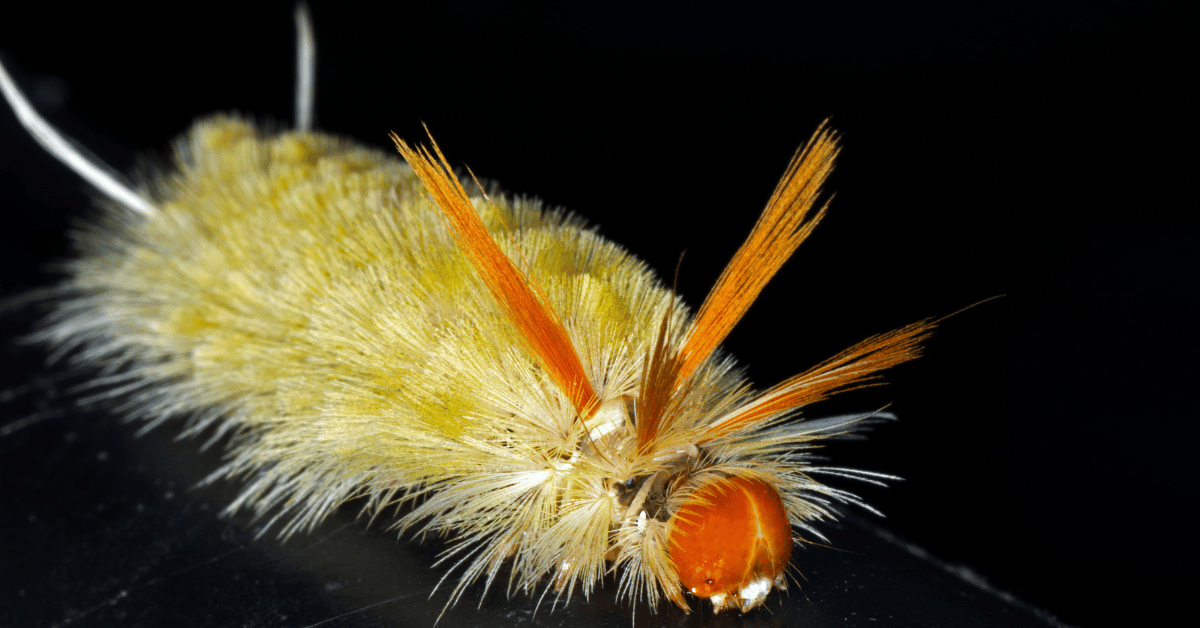Transplant shock is a common issue when moving trees from one place to another. It happens when a tree struggles to adjust to its new environment. But don’t worry—there are steps you can take to help your tree recover.
Here’s a simple guide on how to fix transplant shock in trees.
What is Transplant Shock?
Transplant shock occurs when a tree's roots are disturbed during planting. This can lead to water stress and poor nutrient absorption. Symptoms include:
- Wilting or yellowing leaves.
- Stunted growth.
- Premature leaf drop.
If you notice these signs, your tree needs immediate care.
Step 1: Water Regularly
Water is the most crucial factor in helping a tree recover from transplant shock. Newly transplanted trees have damaged root systems that struggle to absorb water efficiently. To address this, water the tree deeply to ensure the roots are reached. Keep the soil consistently moist but avoid waterlogging. Depending on the weather and soil type, watering two to three times per week is usually sufficient. This routine helps the roots establish themselves in their new environment.
Step 2: Mulch Around the Tree
Mulching is an effective way to support your tree during recovery. It helps retain soil moisture, regulate temperature, and prevent weeds. Apply a layer of organic mulch around the base of the tree, about two to four inches thick. Be sure to leave a gap of two to three inches between the mulch and the trunk to avoid rot. As the mulch breaks down, it also enriches the soil, further benefiting the tree.
Step 3: Avoid Fertilizers
Using fertilizers too soon after transplanting can harm the tree. The roots are fragile and cannot handle an overload of nutrients during this time. It’s best to wait at least one growing season before applying any fertilizer. Focus on providing water and maintaining healthy soil to encourage root development. Over-fertilizing at this stage can exacerbate transplant shock rather than relieve it.
Step 4: Provide Temporary Shade
Intense sunlight can add stress to a tree experiencing transplant shock. If your tree is exposed to harsh heat, provide temporary shade using shade cloths or barriers. This reduces water loss through evaporation and minimizes stress on the leaves. Once the tree shows signs of recovery, remove the shade so it can acclimate to its environment.
Step 5: Prune Wisely
Avoid heavy pruning immediately after transplanting, as the tree relies on its leaves to produce energy for root growth. Only remove branches that are dead or damaged to minimize additional stress. Wait until the tree has fully recovered before performing any significant shaping. Minimal pruning during this time helps the tree concentrate on establishing its root system.
Step 6: Monitor for Symptoms
Regular observation is essential to ensure the tree is recovering properly. Look for signs such as leaf discoloration, drooping, or stunted growth. On the positive side, new growth indicates that the tree is beginning to establish itself. Monitor soil moisture levels and make adjustments to your care routine as needed.
Using Root Stimulants (Optional)
In some situations, root stimulants can aid in the recovery process. These products promote root growth and improve soil conditions. However, it’s important to follow the product instructions carefully and avoid overapplying, as this can damage the roots. Consult an arborist to determine if a root stimulant is appropriate for your tree’s needs.
Preventing Transplant Shock
While fixing transplant shock is possible, prevention is better. Proper planning and planting techniques can reduce the risk significantly.
Choose the Right Time
Plant trees during their dormant season. This is typically late fall or early spring. Trees experience less stress when they aren’t actively growing.
Handle the Roots Carefully
When digging up a tree, keep as much of the root ball intact as possible. Damaged roots make it harder for the tree to absorb water and nutrients. Handle the roots gently and avoid disturbing them during planting.
Plant at the Right Depth
The tree should sit at the same depth it was growing before. If it’s planted too deep or shallow, it can struggle to establish. Measure carefully before filling the hole with soil.
Use Quality Soil
Backfill the planting hole with good-quality soil. Avoid compacting it too much, as this can restrict root growth. Loose, nutrient-rich soil gives roots room to spread.
When to Call an Arborist
Sometimes, transplant shock persists despite your efforts. If your tree continues to struggle, it’s best to seek professional help. Certified arborists, like those at Strobert Tree Services, can assess the situation. We provide expert advice to give your tree the best chance of recovery.
We offer pruning, removal, and healthcare services. Our certified arborists understand tree health and care. If you’re dealing with transplant shock or need advice, contact us today. Let’s help your tree thrive.











